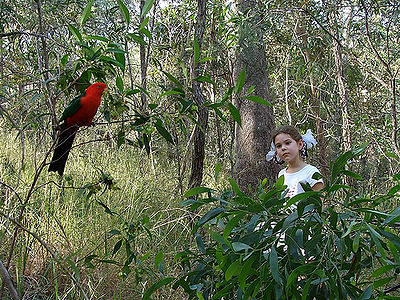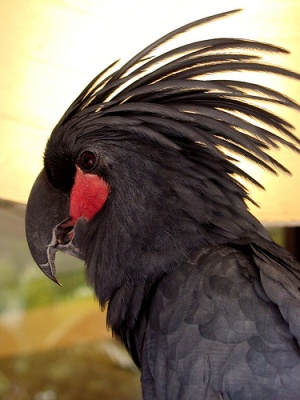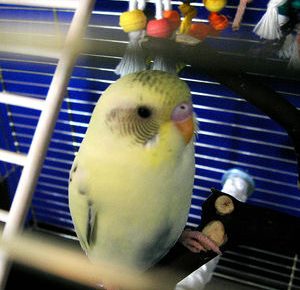 |
Birdwatching (or birding) is the activity of watching wild birds in their natural habitat. The U.S. Fish and Wildlife Service survey reveals that 51.3 million Americans watch birds. It can be done in your backyard, a park or a nature reserve. It is a great way to connect with nature and can be done with family, friends or alone. It’s also a good way to get exercise. Ordinary birdwatchers can often make a real contribution to scientific knowledge.
Birdwatching is helpful for conservation since birders are more environmentally conscious. Birders can help count endangered species, giving scientists a better idea of how many of the species are left in the wild. When you visit nature reserves to observe the birds, your admission and lodging fees go toward conservation. For a list of reserves which contribute to bird conservation, see Conservation Birding.
What do you need to get started? You will need binoculars, a field guide, a hat and a small notebook. You can also carry a digital camera or video camera to capture the beauty of the birds. To birdwatch in your backyard, build or purchase a birdfeeder. You may want to subscribe to bird magazines, read birding books and/or join a birdwatching club.
The best time to birdwatch is when the birds are migrating north to nest or south to spend the winter. Forests, wetlands and beaches are good place to birdwatch.
Tips for identifying birds:
- Look at the size of the bird and of each body part. Look at the shape of each part too.
- Look at the main colors of the bird. Be aware that at different times of day the colors may look different. Check out the color of each body part.
- Make note of the habitat you are in.
- Listen to the bird’s song.
- Use a field guide of your area to identify the bird.
- A useful book on identifying birds is An Audubon Handbook: How To Identify Birds.



